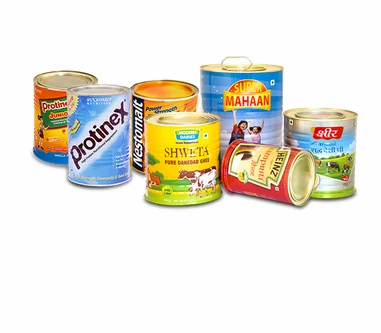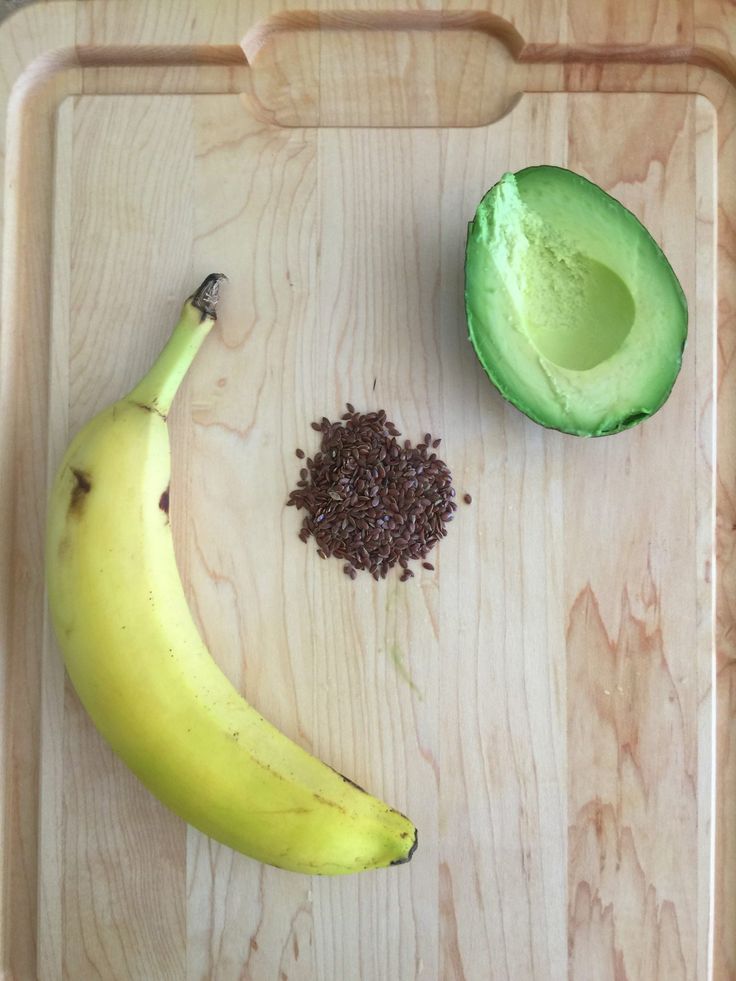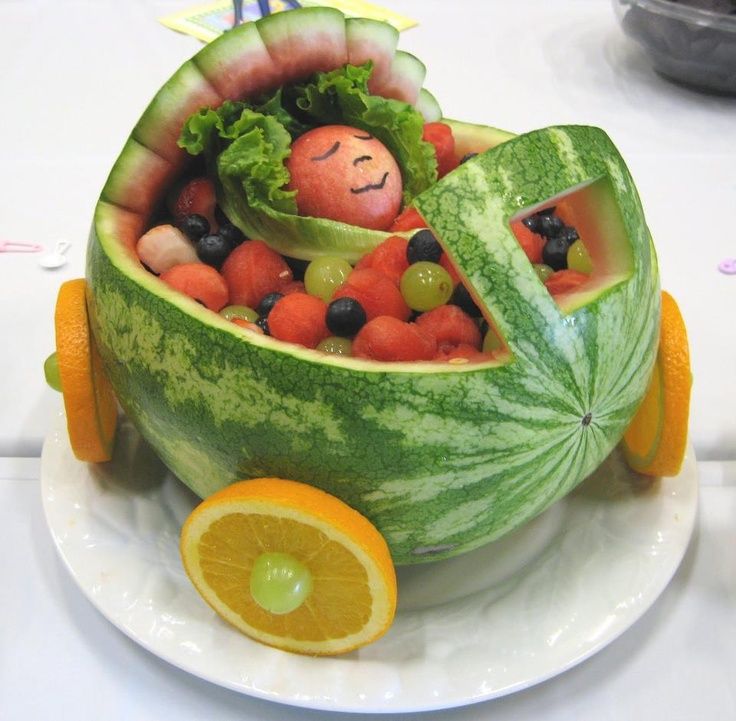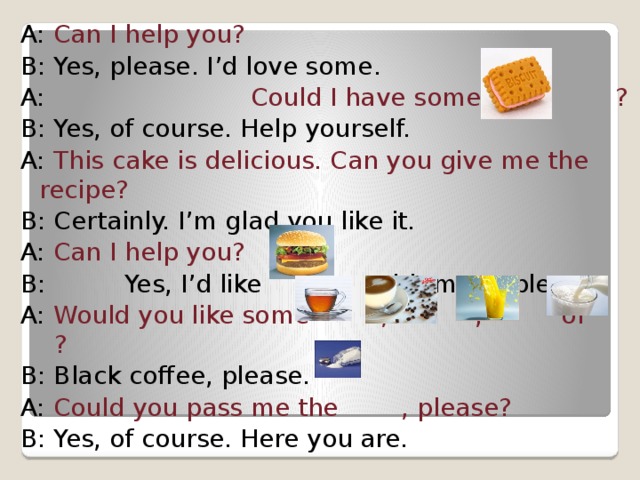Feeding baby scorpions
How to Care for Baby Scorpions
What if your pet scorpions have mated and now you’ve got a bunch of scorpion babies to care for? Or perhaps you recently acquired a gravid mother scorpion who just gave birth? No matter the scenario, you now have scorplings to care for.
You’re probably wondering what to do with all the tiny, delicate babies? How do you care for them? What does such a tiny invertebrate eat? Is it safe to handle them?
In this blog article, we will answer commonly asked questions such as the ones above and discuss in detail how we care for our scorplings.
What do I do once my scorpion has given birth?
If you don’t handle your scorpion too frequently, you may not even be aware that your female is gravid, particularly if you’ve only recently acquired her. It’s very possible you might wake up one morning to discover a batch of scorplings riding around on her back.
Luckily, mother scorpions do most of the work when it comes to caring for newborn scorplings.If you just have a single female in a small enclosure, don’t move her. The less you disturb her, the better. Disturbances will stress her and could even cause her to eat her babies.
The babies will actually ride around on the mother scorpion’s back for a few weeks until they have undergone their first molt. During this time, the mother will make sure they are fed and cared for, so the best thing you can do to care for the babies is to ensure the mother is well-cared for.
Perhaps the most important aspect of baby scorpion care when the scorplings are still on the mother’s back is making sure that mama scorpion is well-fed. If she feels hungry or doesn’t get enough food, she will eat her children, so we recommend offering her food on a daily basis.
Watch the mother and babies closely for the first few weeks. You will want to remove the babies once they have molted as they will no longer ride around on their mother’s back.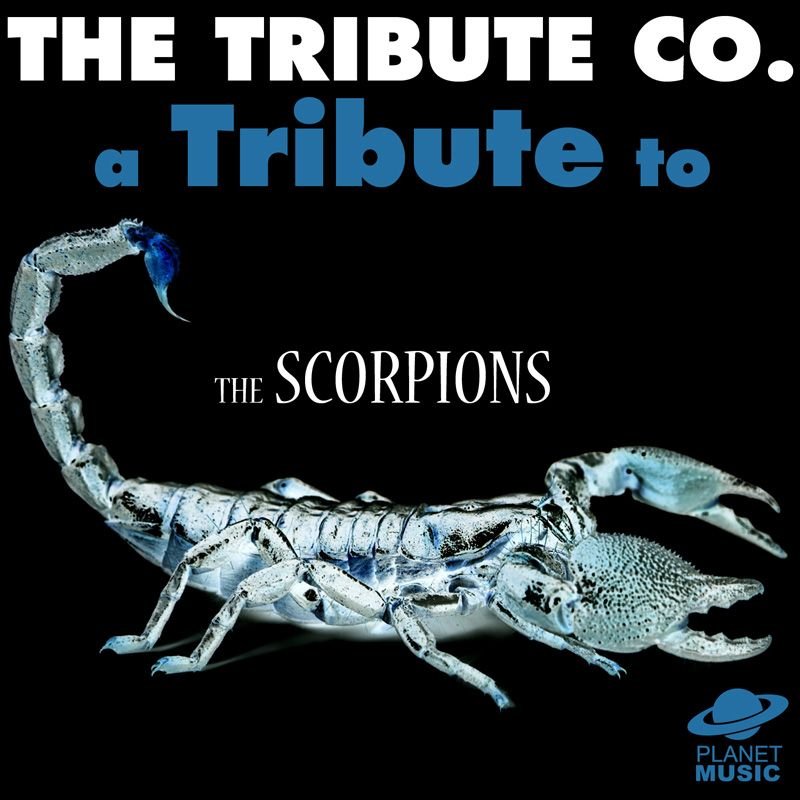 Allowing them to remain in the same enclosure as their mother once they are off her back is a bad idea as once more, the mother might see her babies as a food source rather than as her children.
Allowing them to remain in the same enclosure as their mother once they are off her back is a bad idea as once more, the mother might see her babies as a food source rather than as her children.
What kind of care set up should I provide for my baby scorpions?
Not surprisingly, baby scorpions have the same care requirements as their adult counterparts. The only real difference in care is that obviously smaller invertebrates eat smaller food. We will go into what to feed your baby scorpion in the next section.
When creating a habitat for your baby scorpions, it is generally acceptable to place them all in a single container until they outgrow it.
Pictured is a baby Dictator scorpion (Pandinus dictator).Your scorpion tank should be well-ventilated with a screen lid or lid with holes in it. You should line the bottom of the tank with a substrate such as cocoa fiber, moss, or other similar material.
A UV light is not necessary as scorpions tend to avoid lighted areas. Instead, you should use a heat mat in order to maintain ambient temperatures in the 80s. We don’t recommend using a heat lamp unless you want to mist the enclosure regularly as heat lamps tend to dry out substrates.
Instead, you should use a heat mat in order to maintain ambient temperatures in the 80s. We don’t recommend using a heat lamp unless you want to mist the enclosure regularly as heat lamps tend to dry out substrates.
Another essential element to a scorpion enclosure is plenty of places to hide. You can use something as simple as used toilet paper or paper towel rolls to fancy logs and pet store hide spaces.
What do I feed my baby scorpions?
Small, fragile baby scorpions means small prey items. What then, is small enough to feed baby scorpions?
At Backwater Reptiles, once our scorplings are not living on their mother’s back anymore, we feed them pinhead crickets and fruit flies. Both of these are appropriately-sized invertebrates that baby scorpions are quick to consume.
You can place one or two pinhead crickets per scorpion into the enclosure each day. We’ve even heard that squishing the crickets so that the soft insides come out is a useful trick to get baby scorpions to eat, but ours seem to eat living crickets just fine.
In addition to food, baby scorpions should have a water source. You can place a small container that the scorplings can’t drown in inside the cage, however, we think that soaking a cotton ball in water is actually a better way to hydrate your baby scorpions.
When are my baby scorpions old enough to be handled?
Technically, once the babies are off the mother’s back, they can be handled, but we don’t recommend it as they are still very fragile and still very small.
Once their exoskeletons have had time to harden, it should be safe to pick up and handle your baby scorpions. This could take anywhere from a few weeks to a month and a half depending on the species.
Baby scorpions will cluster on their mother’s back until they have undergone their first molt.We personally recommend leaving handling to a minimum until the scorplings have darkened up or gotten close to reaching their adult coloration. Once this occurs, their exoskeletons are usually hard enough to protect them properly from any jostling that might unintentionally occur.
Conclusion – baby scorpion care
Overall, caring for baby scorpions is not really that much different than caring for adult scorpions. The main difference is in what size prey items you offer.
And luckily, mother scorpions are actually pretty good at taking care of their babies until they are strong enough to fend for themselves. Nature takes care of the hardest part for you. All you need to do is pick up where mama scorpion leaves off.
If you are interested in starting a scorpion family of your own, Backwater Reptiles has many different species of scorpion for sale.
What Do Baby Scorpions Eat?
As an Amazon Associate I earn from qualifying purchases.
Baby Scorpions on Their Mother’s BackDespite their rough appearance and intimidating presence, scorpions may make lovely companions. Scorpions are easy to care for, requiring only a modest food supply and a tiny amount of space. Because scorpion pregnancy lasts 10 to 14 months, it’s probable that you’ll end up with a pregnant female by accident. If your new pet has just given birth to a litter of babies, ensuring their safety and health should be your top priority.
If your new pet has just given birth to a litter of babies, ensuring their safety and health should be your top priority.
A single brood of scorpions might produce as many as 100 young. They are born alive rather than hatching from eggs, similar to insects. When baby scorpions are born, they have a very fragile outer shell or exoskeleton. The crawlers begin their existence on their own by crawling up on the backside of their mother before having to live there for another 10 to 20 days. This is until their outer shell becomes rigid enough to become a solid. They then crawl down and start life on their own.
Scorpions are a class of arachnids. They’re in the same category as spiders, ticks, and mites. Scorpions have eight legs like other arachnids, but their sweeping tail that extends over their back is their most distinctive feature.
What Do Baby Scorpions Eat? Baby Scorpions Eat GrasshoppersNaturally, the same standards of care apply to baby scorpions as those for full-grown ones. The only significant difference in treatment is that tiny invertebrates consume smaller nourishment.
The only significant difference in treatment is that tiny invertebrates consume smaller nourishment.
Scorpions are ferocious hunters that lurk in dark, damp places or on your outdoor patio. They use their two pincers to capture food. To inject a neurotoxic venom that paralyzes the prey, lizard, or tiny mammal with a scorpion, it will sting its meal.
Scorpions capture their prey by capturing and crushing them, or stinging them with venom. Scorpions consume a lot of food in one sitting, which allows them to go months without eating.
Small, delicate baby scorpions require tiny prey items. What is small enough to feed newborn scorpions? We provide pinhead crickets and fruitflies as supplemental food for the babies after they’ve grown their first set of legs. Both of these are appropriate-sized invertebrates that baby scorpions will consume with ease.
Baby Scorpions Eat WormsEach day, put one or two pinhead crickets in the enclosure with each scorpion. Squishing the crickets may help to get little scorpions to consume live insects, but ours appear to be just fine eating live crickets.
In addition to food, your infant scorpions should have access to water. A tiny container that the newborn scorpions can’t drown in may be placed inside the cage, but we believe that moistening a cotton ball is a more effective method to hydrate your baby scorpions.
What Do Baby Scorpions Eat in The Wild? Baby Scorpions Eat BeetlesScorpions are nocturnal in the wild, hunting for food at night. Because lizards, birds, bats, and mice seek out scorpions as food, they conceal themselves during the day.
Scorpions consume a wide range of insects, spiders, and smaller animals. They acquire water from tiny pools or puddles to survive.
Scorpions have a lot of stored fat, and when it runs out, they can survive for days or even weeks on end with only their venom to keep them alive. According to Scientific American, Scorpions will eat anything long enough to paralyze it. These arthropods may stay immobile for hours in anticipation of food. Scorpions can consume so much food at once that they may go for weeks, if not months, without eating again. This implies that scorpions can also eat small snakes, lizards, and rodents if they are able to kill them.
This implies that scorpions can also eat small snakes, lizards, and rodents if they are able to kill them.
Beetles are the most frequent sort of food for desert sand scorpions, according to a study. Scorpions have been observed eating grasshoppers, centipedes, locusts, and ants in the wild. They will also eat each other if nothing else is available. There’s even evidence that scorpions especially enjoy consuming spiders.
What Do Baby Scorpions Eat as Pets? Baby Scorpions Eat Small SnakesScorpions are now quite popular as pets. As a result, people frequently inquire about what scorpions eat and if they consume spiders.
If you want to keep a scorpion as a pet, it’s crucial to remember that they are carnivores. As a result, they will not consume vegetables or fruits. Scorpions kept in captivity consume spiders, grasshoppers, crickets, moths, and other similar insects.
Scorpions do not require a constant supply of food in captivity. A scorpion kept in a tank at home may eat every other day or just 2 to 3 times per week, depending on the breed. Every 2 to 3 days, the desert scorpion can consume crickets, centipedes, moths, or mealworms. Scorpions will, of course, eat crickets and other similar-sized insects. Smaller insects are eagerly consumed by baby scorpions every other day.
A scorpion kept in a tank at home may eat every other day or just 2 to 3 times per week, depending on the breed. Every 2 to 3 days, the desert scorpion can consume crickets, centipedes, moths, or mealworms. Scorpions will, of course, eat crickets and other similar-sized insects. Smaller insects are eagerly consumed by baby scorpions every other day.
The way a scorpion reacts when you put food in the tank is one method to determine if it’s consuming enough. If the scorpion aggressively attacks the bug, this might suggest that it is too hungry. It’s also vital to prevent the scorpions from having too much food since they may grow beyond their exoskeleton.
Do Scorpions Eat Their Own Children? Baby Scorpions Riding on Their Mother’s BackBaby scorpions may show up on the back of a mother scorpion if her owner is unaware. After giving birth, a mother scorpion will need a big meal since she will be hungry. If the mother scorpion isn’t fed enough, she may start feeding on her children.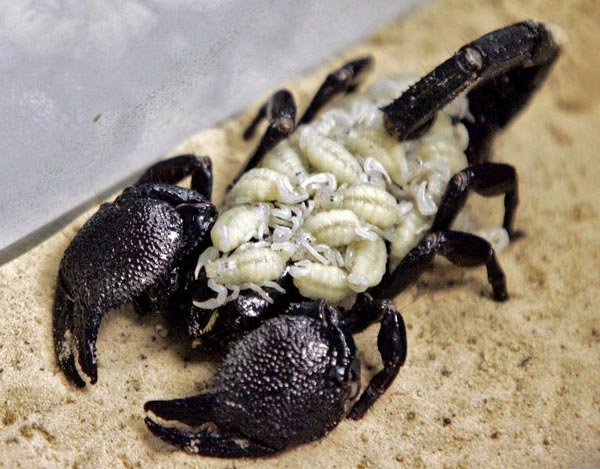 As a result, it’s only advised that you keep baby Scorpions in the same area as their mother if they’ve started eating from your food supply.
As a result, it’s only advised that you keep baby Scorpions in the same area as their mother if they’ve started eating from your food supply.
What do baby scorpions eat? While the baby scorpions are riding on their mother’s back, they will consume whatever food she provides. When they leave their mother’s back, they will begin to feed themselves. Baby scorpions and adult scorpions have a similar diet that consists of tiny insects, spiders, and pinhead crickets.
How To Take Care of Baby Scorpions?Step 1Prepare a separate cage for the new scorpions. A tiny water dish, heat source, substrate, and a few bits of bark or pebbles for them to explore are all required. The same environmental needs as their moms must be met by baby scorpions.
Step 2Allow the mother scorpion to care for her young for the first one to two weeks. The youngsters will remain on her back and she will take all measures necessary to feed and protect them.
Keep an eye out for the scorpions to leap off their mother’s back. When this happens, separate them and give her a hearty meal. The mother may eat her young if they are left in the same tank.
Step 4Keep the youngsters together in a container and feed them one or two medium-sized crickets each week. If their mother has resumed feeding and they’re big enough to stay out of her mouth, they may be reintroduced to the tank with her. In order to avoid becoming food, mothers eat their young when stressed or desperate due to pregnancy.
What Are The Natural Predators of Baby Scorpions?Scorpions are one of the most feared arachnids on earth, famous for their poisonous sting and hunting abilities. Because of these qualities, some people may overlook the fact that scorpions are also part of the food chain.
There are actually animals on Earth that can transform scorpions into their next meal, whether you believe it or not.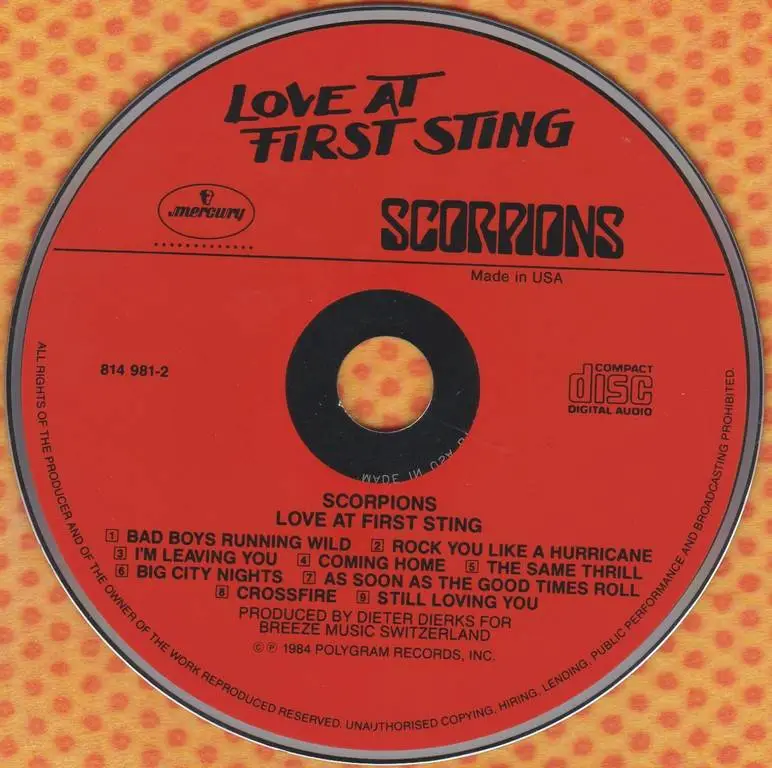
So, if you want to know what these creatures could be, here’s a guide that goes through it. These are only a few of the animals and insects that might harm the scorpion.
MeerkatsMeerkats are known for their diminutive size and adorable appearance, but they are fierce predators of scorpions. These clever creatures have even devised their own hunting technique, which they teach to the next generation.
When hunting for scorpions, the meerkat keeps an eye on their behavior. They’ll wait till they have a chance to pounce on the scorpion’s tail so it can’t spray its venom at them. In addition to their clever hunting strategy, the meerkat has a high resistance to scorpion venom and can withstand the scorpion
ShrewsThe shrew, which is often nicknamed the “stinging mouse,” has proven to be a powerful adversary against a scorpion. These creatures are agile and aggressive. When combating a scorpion, the shrew uses its lightning-fast reactions to avoid the sting of the scorpion’s tail.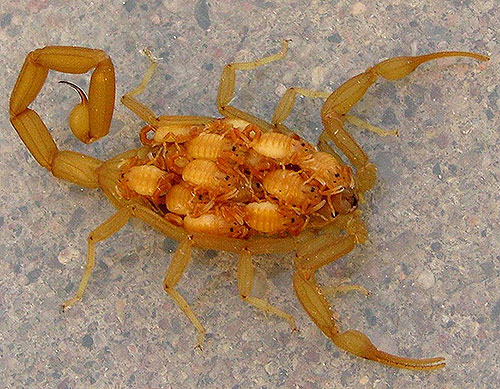
The shrew lashes out with its sharp teeth at the scorpion once it discerns an opportunity. The scorpion may be able to defend itself for a time, but the shrew will ultimately triumph due to its speed and aggressiveness.
MongoosesThe mongoose is unconcerned about poisonous food. In fact, mongooses attack and consume a variety of poisonous animals that many other species would avoid. Scorpions are one of these.
The mongoose is also immune to scorpion poison, as are meerkats. They can withstand numerous stings before deciding to call it a day. Mongooses are fast and clever, so they keep an eye on the scorpion’s movements while defending against the incoming assaults. Once they’ve figured out how to defeat the Scorpion, mongooses kill and maim in a matter of seconds, making them a deadly opponent for Scorpions.
The Southern Grasshopper MouseBecause of its distinct anti-sting defense mechanism, the southern grasshopper mouse is a fascinating predator.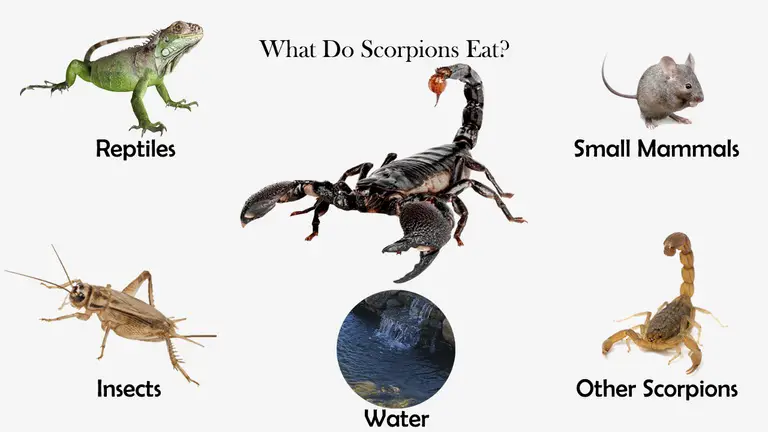
This little mouse’s body contains a protein that works in conjunction with the venom to block pain signals from reaching the brain. This allows them to continue battling the scorpion while being stung. The venom and this protein, in addition to the pain-blocking mechanism, are considered to work together to help them fight other types of pain. The scorpion has little chance against this predator if it doesn’t feel pain.
OwlsOwls are remarkable hunters that hunt quickly, silently, and accurately, often in the dead of night. They are not immune to scorpion venom like the preceding animal.
Because the owl is so accurate and quick when striking, it may capture a scorpion without having to battle it. The owl’s strong beak destroys the arachnid swiftly. Scorpions are unable to defend themselves against the hunting abilities of the owl.
The Southern Ground HornbillThe southern ground hornbill is an uncommon species that can be found in Africa.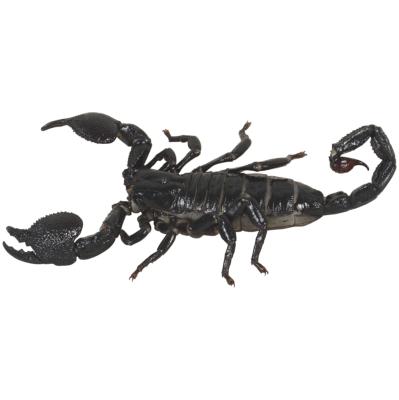 The southern ground hornbill is the fiercest of all hornbills. Because they’re so massive and weighty, they make formidable foes. The southern ground hornbill will strike at the scorpion with its huge beak, weakening it. Once the scorpion has stopped fighting and can no longer harm the bird, it is easily eaten.
The southern ground hornbill is the fiercest of all hornbills. Because they’re so massive and weighty, they make formidable foes. The southern ground hornbill will strike at the scorpion with its huge beak, weakening it. Once the scorpion has stopped fighting and can no longer harm the bird, it is easily eaten.
Many of the animal species that this bird preys on include snakes, tortoises, and even smaller monkeys.
BatsBats are unique creatures. Bats have superior hearing and can hear scorpions crawling about in the dark places where they reside, in addition to being resistant to scorpion venom. They also have exceptional vision and can see Scorpions on the ground at night in their caves.
Bat bites are extremely successful because they’re resistant to venom, can see in the dark, and readily find scorpions, even if it’s dark. Scorpions must be extra careful of these creatures since some bats eat on a diet consisting of scorpion flesh.
TarantulasDespite the fact that tarantulas and scorpions are both arthropods, they do not get along. In reality, tarantulas and scorpions are constant foes. It shouldn’t come as a surprise that tarantulas frequently emerge victorious fights between the two.
In reality, tarantulas and scorpions are constant foes. It shouldn’t come as a surprise that tarantulas frequently emerge victorious fights between the two.
Scorpions, on the other hand, have small bodies and no physical defenses against tarantulas. Scorpions are vulnerable to tarantula bites owing to their tiny size and lack of protective spines. Tarantulas have larger bodies and other physical advantages over scorpions, including large fangs filled with poison and a hairy body that improves their senses.
The Amazonian Giant CentipedeThe Amazonian giant centipede, which may be found throughout South America and the Caribbean, is a formidable opponent for typical American centipedes. The tiniest known species of this huge arachnid is only 1 foot long. These spiders have extremely potent venom and a savage nature that makes them a formidable adversary for virtually any quadruped.
The Amazonian giant centipede feeds on a variety of insects and animals, including scorpions..jpg) It can harm snakes as long as its own shell protects it from attacks. As a result, it shouldn’t surprise you that the Amazonian giant centipede has no effect on scorpions.
It can harm snakes as long as its own shell protects it from attacks. As a result, it shouldn’t surprise you that the Amazonian giant centipede has no effect on scorpions.
Scorpions are the favorite street food in China, and they may be found in California, Arizona, New Mexico, and other parts of the Southwest. They have a crab-like flavor. Before eating a scorpion, remove the stinger to avoid getting poisoned. The majority of the time, the poison is created and kept in the top two or so segments of the tail. And remember to cook them! The venom’s harmful effects are usually offset by cooking, but allergic reactions can still occur.
Amazon and the Amazon logo are trademarks of Amazon.com, Inc, or its affiliates.
Scorpios: Childbirth and offspring care
(7 - number of voters)
Published in Invertebrates - scorpions
If the mating of scorpions was successful, and the female was fertilized, after a few months it will be noticeable that she has recovered greatly. In the following months, the abdomen will become larger and larger. In recent months, the distance between the shields will increase markedly. The most important thing is not to forget to constantly feed pregnant females, since during this period they need to replenish their food supply more than ever. The strongly distended pleura that connects the tergid and sternites is light gray in color. The gestation period of female scorpions can vary greatly, it all depends on the conditions of detention (feeding, temperature, humidity, etc.). It is noted that if the females are kept in the same conditions, they give birth almost at the same time. The duration of pregnancy of Heterometrus females is from 7 to 13 months, Pandinus sometimes give birth 15 months after mating. nine0003
In the following months, the abdomen will become larger and larger. In recent months, the distance between the shields will increase markedly. The most important thing is not to forget to constantly feed pregnant females, since during this period they need to replenish their food supply more than ever. The strongly distended pleura that connects the tergid and sternites is light gray in color. The gestation period of female scorpions can vary greatly, it all depends on the conditions of detention (feeding, temperature, humidity, etc.). It is noted that if the females are kept in the same conditions, they give birth almost at the same time. The duration of pregnancy of Heterometrus females is from 7 to 13 months, Pandinus sometimes give birth 15 months after mating. nine0003
A few days before giving birth, females begin to actively dig holes, preparing a reliable shelter for birth and nursing babies. Females feed until the birth of babies, there were even such cases that a few hours after eating, childbirth began.
Childbirth lasts from 2 hours to a day, it mainly depends on the number of babies. Babies emerge from the female's genital opening. Not having time to be born, they immediately molt and the females climb onto her back along their intertwined legs. Babies have suction cups on their feet that allow them to easily move around the mother's body. These Velcro will disappear when the babies molt before their independent life. nine0003
Larvae of scorpions have rather large sizes: in Pandinus up to 22mm., in Heterometrus up to 16mm.
Some literary sources say that females of Pandinus I. give birth to up to 32 larvae, and females of Heterometrus up to 40 larvae. The maximum number of cubs in my practice was 24 in female Pandinus . Larvae of Pandinus and Heterometrus are white, somewhat similar to adults, although they have a residual yolk that will feed them for another 10-14 days, depending on temperature and other conditions. After this time, the babies molt again and become reduced exact copies of their parents, although the babies' coats are still quite soft and still white. Over time, they will harden and become darker. 10 days after the second molt, well strengthened, the babies begin to leave the mother's body. nine0003
After this time, the babies molt again and become reduced exact copies of their parents, although the babies' coats are still quite soft and still white. Over time, they will harden and become darker. 10 days after the second molt, well strengthened, the babies begin to leave the mother's body. nine0003
At this point, you should intervene and seat the kids in separate containers in small groups. At this time, the babies, apparently, still retain the herd instinct and they try to stay in groups, in addition, it has been noticed that keeping the babies in groups stimulates them to eat, which has a more positive effect on their development. Babies eat the same way as adults, however, it is best to feed karma in a strangled state, since babies do not always willingly eat active food. nine0003
The chitinous cover of the larvae gradually darkens and after a while becomes brown, and after another two or three molts it becomes identical with adults.
Larvae Pandinus can be kept together in the next molts, but do not forget that not all scorpions grow equally well, so, over time, it is best to sort them by size.
In larvae of Heterometrus a slightly different trend is observed and it often happens that the larvae eat their fellows during their molt, therefore, in order to prevent such losses of juveniles, lightly fed larvae should be planted in separate boxes. The adult larval stage reaches 18 months in Heterometrus and 20 months in Pandinus .
Various sources describe different life spans of scorpions of the genus Pandinus and Heterometrus , some say that males live up to 8 years, and females up to 4.5-5 years. Others argue that, regardless of gender, all specimens live up to 10 years. In my opinion, life expectancy largely depends on the temperature of keeping and other conditions associated with the growth of scorpions, since there have been cases when, at the age of 4, scorpions only grew to puberty.
| ← Reproduction of scorpions of the genus Pandinus and Heterometrus nine0061 | Problems with keeping scorpions → |
|---|
You do not have enough rights to comment.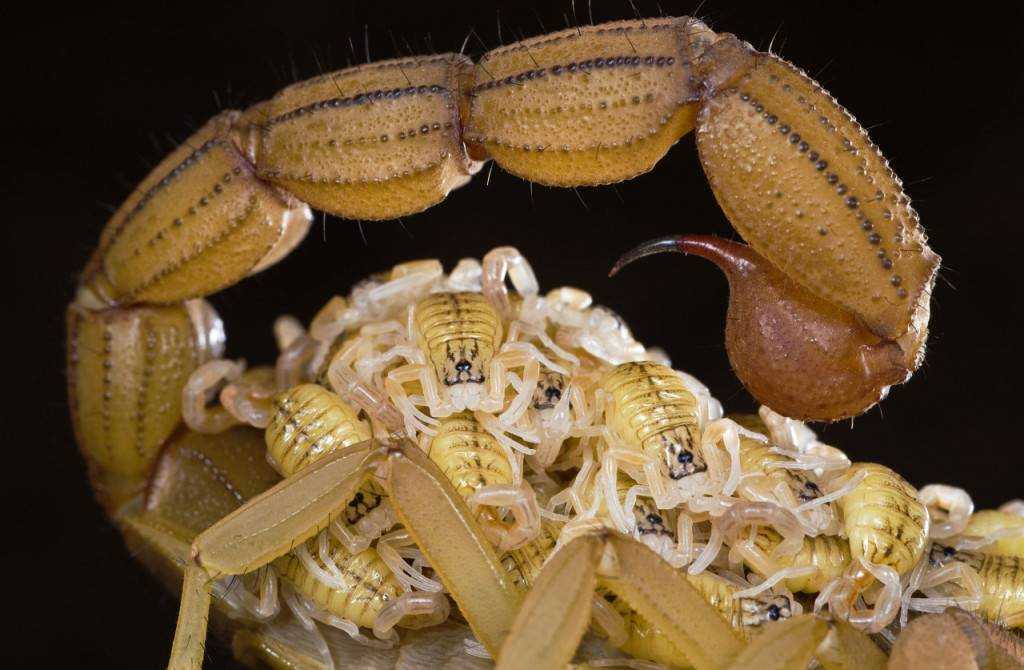
In order to comment, you need to register on the site!
Keeping scorpions at home (terrarium)
Scorpions are charming creatures. All scorpions have a stinger at the tip of their tail, and the strength of the poison depends on the type of scorpion. Popular types of scorpions that are kept at home are usually not very poisonous. In nature, there are 50 species of scorpions, the poison of which is deadly to humans. Scorpions are often referred to as insects, but they are not. In fact, all scorpions belong to the Arachnida class. nine0003
Scorpions kept in terrariums usually come from tropical forests or deserts. The former are distinguished by a dark color, large size and low-toxic poison. The second ones are smaller, light-colored (especially desert species) and dangerous to humans, since they have a rather strong poison. The life expectancy of scorpions depends on their species - from 5 to 30 (!) Years.
Related article Scorpion - a terrible beast (notes of a novice terrariumist)
In the wild, scorpions without visible damage to health can do without food and water from several months to a year.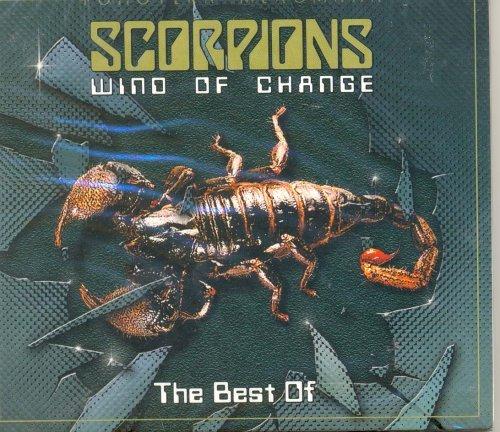 Some types of scorpions can be kept in groups (pairs), others - only individually. When kept in a group, scorpions need to be provided with adequate nutrition, otherwise, due to hunger, they may begin to eat each other. But you shouldn't overfeed them either. With group keeping in a terrarium, it is necessary to equip many secret places (caves, flat stones, slate, hollow logs, tree bark, fin, etc.). nine0003
Some types of scorpions can be kept in groups (pairs), others - only individually. When kept in a group, scorpions need to be provided with adequate nutrition, otherwise, due to hunger, they may begin to eat each other. But you shouldn't overfeed them either. With group keeping in a terrarium, it is necessary to equip many secret places (caves, flat stones, slate, hollow logs, tree bark, fin, etc.). nine0003
A terrarium or a plastic container from 30x30x30 cm in size is suitable for keeping one adult scorpion. coir, clay, etc.). Regardless of the type of substrate, its thickness should be from 5 to 10 cm. When keeping moisture-loving scorpion species, the substrate should always be wet, for desert species - dry. As the substrate becomes dirty, it is replaced with a new one. nine0003
In scorpion habitats, the air temperature rarely drops below +20°C, so it is necessary to maintain the appropriate temperature in the terrarium (there is a different temperature range for each species). The easiest way to provide constant and even heating is to place a thermostatic heating mat under 1/2-1/3 of the terrarium. This is done so that the terrarium has a warm and cooler area available for the scorpion.
The easiest way to provide constant and even heating is to place a thermostatic heating mat under 1/2-1/3 of the terrarium. This is done so that the terrarium has a warm and cooler area available for the scorpion.
Scorpions living in the jungle need high humidity. This can be achieved by spraying distilled water over the substrate once or twice a day. Water bowls also increase the humidity in the terrarium. The humidity itself is controlled by a hygrometer. nine0003
Despite the differences in habitat between forest and desert scorpions, most species of desert scorpions do well at the same content as forest scorpions, only the humidity needs to be reduced (it is not necessary to spray water every day, but once every one to two weeks) .
Related article How does a scorpion find its prey?
Scorpions are predators that eat live prey. In captivity, scorpions are fed with fodder insects (crickets, cockroaches, grasshoppers, stick insects). Large scorpions are fed insects and newborn mice.





